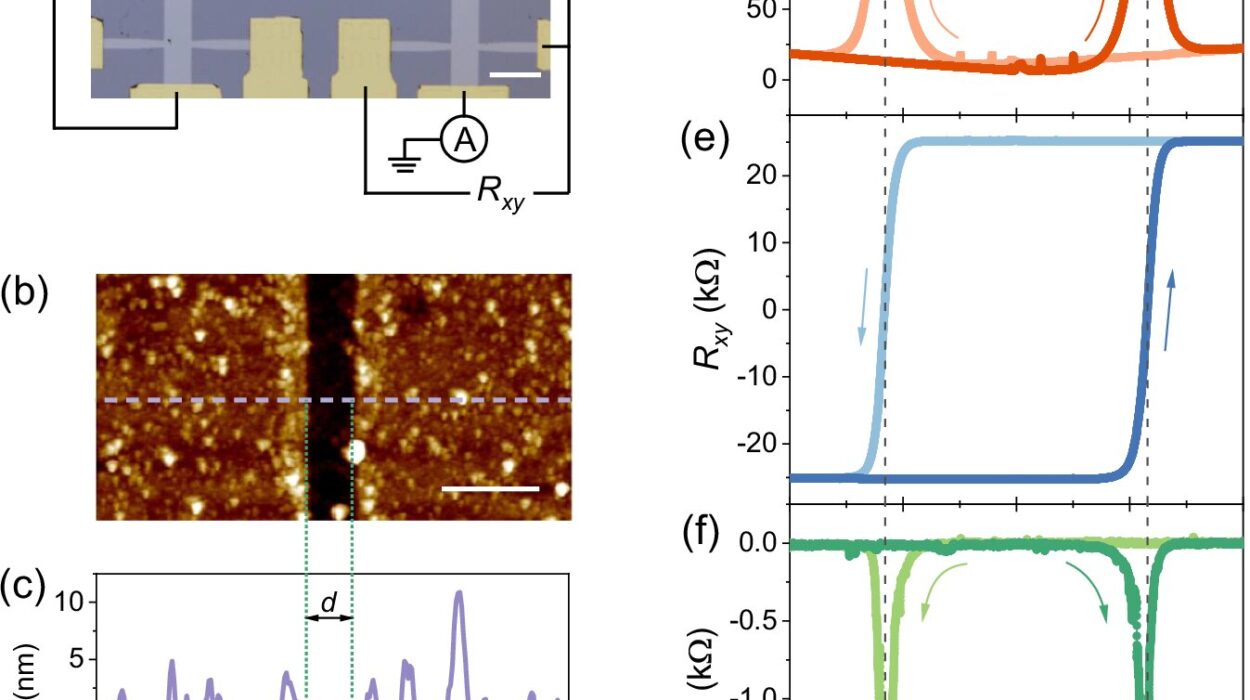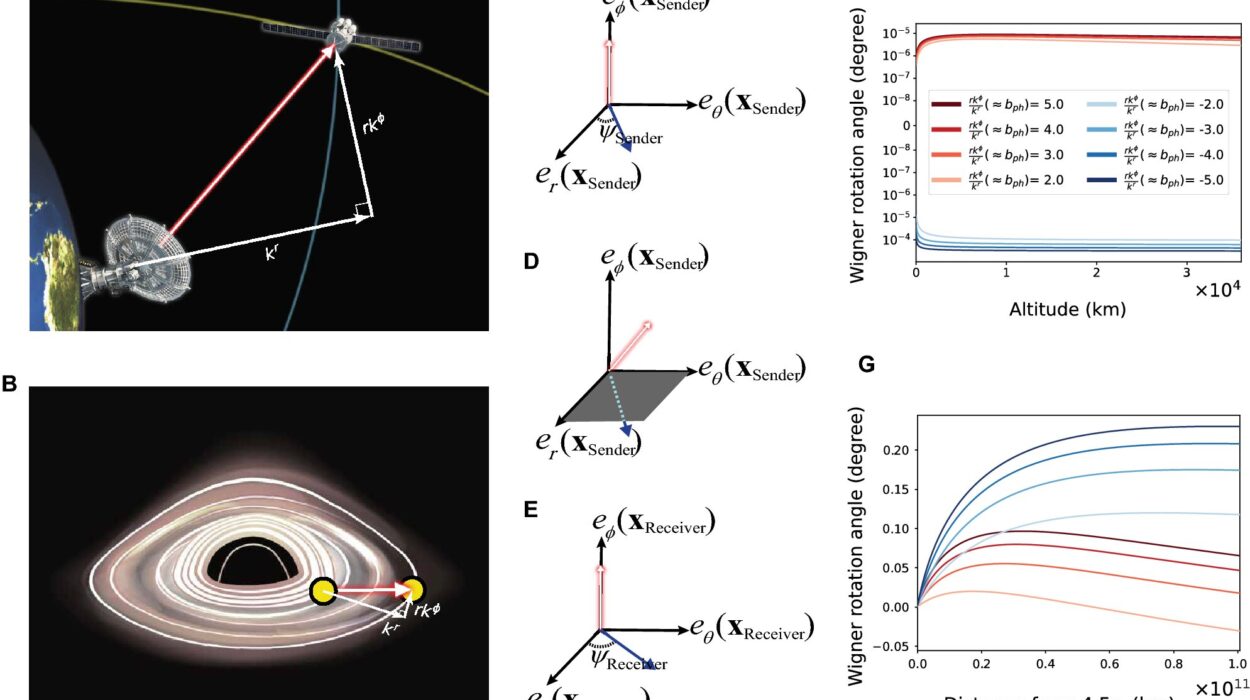Imagine you’re standing on a quiet street as an ambulance races toward you. You hear the wail of its siren climbing to a high pitch. But as it zooms past and speeds away, that same siren suddenly drops in tone, sounding deeper. Nothing about the ambulance changed. The siren blared at a constant frequency the entire time. So why did your ears detect such a dramatic shift in pitch?
This strange phenomenon is something you’ve probably experienced many times without giving it a name. But scientists call it the Doppler Effect, a concept that reveals how motion affects sound—and even light. It’s a principle that underpins technologies from radar guns to astronomy, from weather prediction to medical imaging. And yet, at its core, it’s a beautifully intuitive and elegant idea.
To understand the Doppler Effect is to understand how sound interacts with speed, distance, and direction. It’s the audible signature of motion. But beyond sirens and sound waves, the Doppler Effect is a universal principle with implications that stretch across the universe, from orbiting planets to speeding galaxies. Let’s dive into the physics, the history, and the wide-reaching consequences of this fascinating effect.
Sound Waves: A Quick Refresher on How Sound Travels
Before we dive into why motion changes sound, we need to understand what sound is in the first place. Sound is a mechanical wave—a vibration that travels through a medium like air, water, or solid material. It’s created when an object vibrates, disturbing the molecules around it and creating a series of compressions and rarefactions in the medium.
Imagine dropping a pebble into a pond. The ripples that move outward are similar to how sound spreads from its source. In the case of sound, the ripples are pressure waves in the air. These waves travel at a finite speed, around 343 meters per second (or 1,125 feet per second) at room temperature. This is the speed of sound in air.
Now, these sound waves have frequency (how often wave peaks pass a point) and wavelength (the distance between peaks). Higher frequency means a higher pitch. Lower frequency means a deeper tone. So when you hear a high-pitched siren, your ears are detecting rapid oscillations in air pressure. But here’s the twist: if the source of the sound is moving, the waves get compressed or stretched. That’s the key to the Doppler Effect.
Christian Doppler: The Man Behind the Effect
The Doppler Effect is named after Christian Andreas Doppler, an Austrian mathematician and physicist who proposed the idea in 1842. He suggested that the observed frequency of a wave depends on the relative motion between the source and the observer. If the source is moving toward the observer, the waves are compressed; if it’s moving away, the waves are stretched.
Doppler presented this concept in a paper titled “On the Coloured Light of Double Stars and Certain Other Stars of the Heavens.” Interestingly, he was originally trying to explain why some stars appear to have different colors—he didn’t start with sound at all. Though his astronomical application wasn’t quite right, his theory turned out to be groundbreaking.
A few years later, scientists tested his theory using sound waves. In 1845, Christoph Buys Ballot, a Dutch scientist, placed musicians playing a constant note on a moving train. Observers on the platform noted the change in pitch as the train approached and receded, confirming Doppler’s prediction. From then on, the Doppler Effect became a central concept in wave physics.
What Actually Happens: Compression and Expansion of Waves
Let’s get to the heart of the matter. What’s really happening to sound when a source moves?
When a sound source is stationary, it emits sound waves that radiate symmetrically in all directions. Each wavefront is evenly spaced, and the frequency you hear is the same as the one being produced. But when the source starts moving, things change.
If the source moves toward you, each successive wave is emitted from a position slightly closer to you than the last. This causes the waves to bunch up in front of the source. The wavefronts become closer together, reducing their wavelength. Since the speed of sound stays the same, a shorter wavelength means a higher frequency. That’s why you hear a higher pitch.
If the source moves away from you, it emits each wave from a position slightly farther. The wavefronts stretch out, increasing the wavelength and lowering the frequency. That’s why the sound drops in pitch after the object passes you.
This shifting of wavefronts is the Doppler Effect in action. Mathematically, it can be described with a set of equations, but you don’t need advanced calculus to grasp the intuitive idea: motion changes the spacing of waves, which changes the pitch.
The Observer’s Motion Matters Too
What if the source stays still, but you’re moving? Interestingly, the Doppler Effect still applies, but for a slightly different reason. When you move toward a stationary source, you encounter the wavefronts more rapidly—you’re moving into them—so the frequency increases. Move away, and you experience them less frequently.
This symmetry is a hallmark of wave phenomena. It doesn’t matter whether it’s the source or the observer in motion—what matters is their relative velocity. That’s a powerful idea, because it generalizes the Doppler Effect to all kinds of situations, including complex ones where both the source and the observer are moving.
Supersonic Speed and the Sonic Boom
Things get really interesting when the source moves faster than the speed of sound. This is called supersonic motion, and it breaks the usual Doppler rules in a dramatic way.
When a jet, for example, travels faster than sound, it outruns the sound waves it’s producing. Instead of those waves spreading out in front of the plane, they get trapped behind it, piling up into a shock wave. This results in a sonic boom—a sudden, powerful burst of sound that people hear on the ground as the shock wave passes.
The sonic boom isn’t the plane breaking the sound barrier (sound isn’t a barrier in the traditional sense), but the sudden release of pressure as compressed wavefronts sweep over the listener. It’s like the audible equivalent of a whip crack or a thunderclap, and it’s one of the most dramatic manifestations of the Doppler Effect taken to the extreme.
Beyond Sound: The Doppler Effect in Light
The Doppler Effect isn’t limited to sound. It also applies to electromagnetic waves, including light. When a source of light moves toward an observer, the light appears bluer—a phenomenon called blue shift. When it moves away, the light appears redder, known as red shift.
This effect is crucial in astronomy. When astronomers observe galaxies and notice that their light is red-shifted, it tells them that those galaxies are moving away from us. In fact, the red shift of distant galaxies provided one of the first pieces of evidence for the expansion of the universe. Edwin Hubble’s observations in the 1920s showed that the farther a galaxy is, the faster it’s moving away, leading to the famous conclusion that the universe is expanding—a cornerstone of modern cosmology.
So the Doppler Effect doesn’t just explain sirens; it helps us understand the fate of the cosmos.
Everyday Applications of the Doppler Effect
The Doppler Effect is more than just an interesting theory—it powers many of the technologies we rely on today. Let’s explore a few.
Radar Guns: Police radar guns use the Doppler Effect to measure a car’s speed. The gun emits radio waves that bounce off the vehicle. If the car is moving, the frequency of the reflected waves changes. By measuring that shift, the radar determines how fast the car is going.
Weather Radar: Meteorologists use Doppler radar to detect the motion of raindrops within storms. By observing how the frequency of radar waves changes when they bounce off moving raindrops, they can determine wind speed and direction inside storm systems, even identifying dangerous conditions like tornadoes.
Medical Imaging: In healthcare, Doppler ultrasound allows doctors to measure blood flow in arteries and veins. The frequency shift of the sound waves bouncing off moving blood cells reveals the speed and direction of blood flow, aiding in the diagnosis of vascular conditions.
Astronomy and Space: The Doppler Effect helps astronomers find exoplanets by watching how stars “wobble” as planets orbit them, causing tiny shifts in the star’s light. It’s also used in spacecraft communications to track motion and velocity over vast distances.
When the Doppler Effect Gets Complicated
The classic Doppler Effect described so far assumes constant velocities and linear motion, but real-world situations often introduce complexities. For example, if a sound source is rotating or oscillating, the frequency shifts can be irregular and hard to interpret. In turbulent environments, like the interior of a hurricane, the Doppler radar signal might be distorted by chaotic wind patterns.
In medical imaging, interpreting Doppler ultrasound requires careful calibration and angle correction. Sound waves don’t always travel straight, and the orientation of the sensor relative to blood flow can greatly affect the results. This shows that while the Doppler Effect is a simple concept at heart, its real-world application demands precision.
The Relativistic Doppler Effect: A Twist from Einstein
As velocities approach the speed of light, classical Doppler equations no longer suffice. Enter Einstein’s theory of relativity, which refines our understanding.
In the relativistic Doppler Effect, both time dilation and the conventional wave compression/stretching must be taken into account. An observer watching a fast-moving spaceship, for instance, will see not just a red-shifted or blue-shifted light, but one altered by the fact that time itself flows differently on the ship compared to the observer.
This relativistic version of the Doppler Effect is crucial for interpreting the behavior of objects in high-speed environments—like particles in accelerators or galaxies moving at relativistic speeds. It even plays a role in GPS technology, where satellites moving rapidly relative to Earth must correct their timing using relativistic formulas to maintain accurate positioning.
A Universal Principle That Touches All Motion
At its core, the Doppler Effect reveals something profound: motion changes perception. It’s not just about sound getting higher or lower—it’s about how movement through space alters our experience of waves. Whether those waves are in air, light, or even gravitational fields, the Doppler Effect helps decode what we hear, see, and feel.
This principle—so simple and yet so far-reaching—touches every field of science. It links a child’s curiosity about a racing fire truck to astronomers unraveling the speed of distant galaxies. It bridges the everyday and the cosmic, the tangible and the theoretical. And it continues to find new applications as our technology advances and our questions grow more ambitious.
Conclusion: Listening to the Universe in Motion
The next time you hear a siren pass by, take a moment to appreciate what you’re really experiencing. That subtle shift in pitch is not just an acoustic quirk—it’s the sound of physics in motion. It’s a clue to how waves behave, how motion shapes our world, and how science connects phenomena as small as a vibrating speaker to ones as grand as an expanding universe.
The Doppler Effect is a beautiful example of how simple observations—like the change in pitch of a passing vehicle—can lead to deep insights about the nature of reality. It’s a testament to the power of scientific thinking, where even the most common experience can open a door to the infinite.
If you’ve ever wondered why sound changes with speed, now you know: the answer is both intuitive and profound. It’s all about waves, motion, and the dance of time and space. That is the magic of the Doppler Effect.






